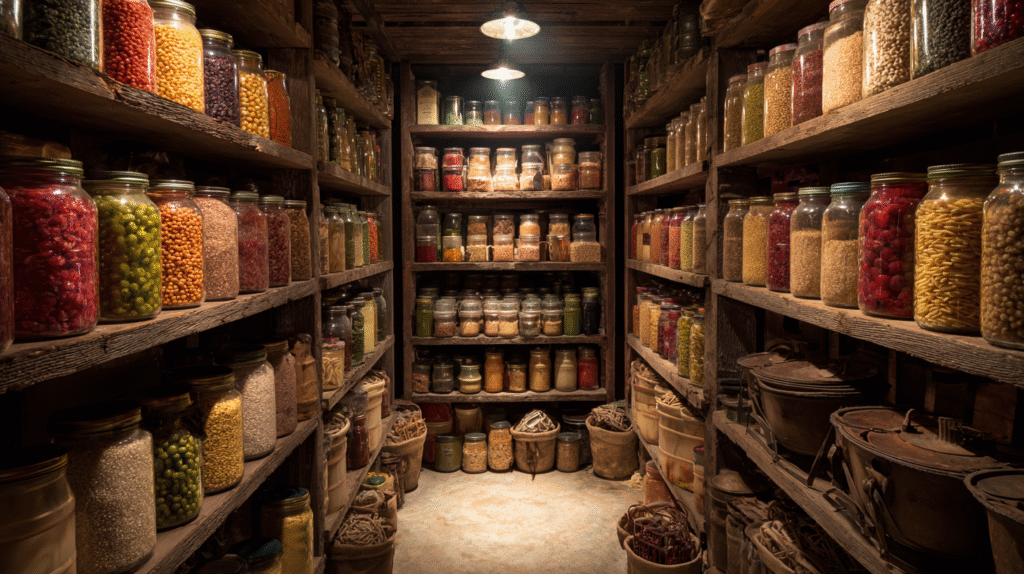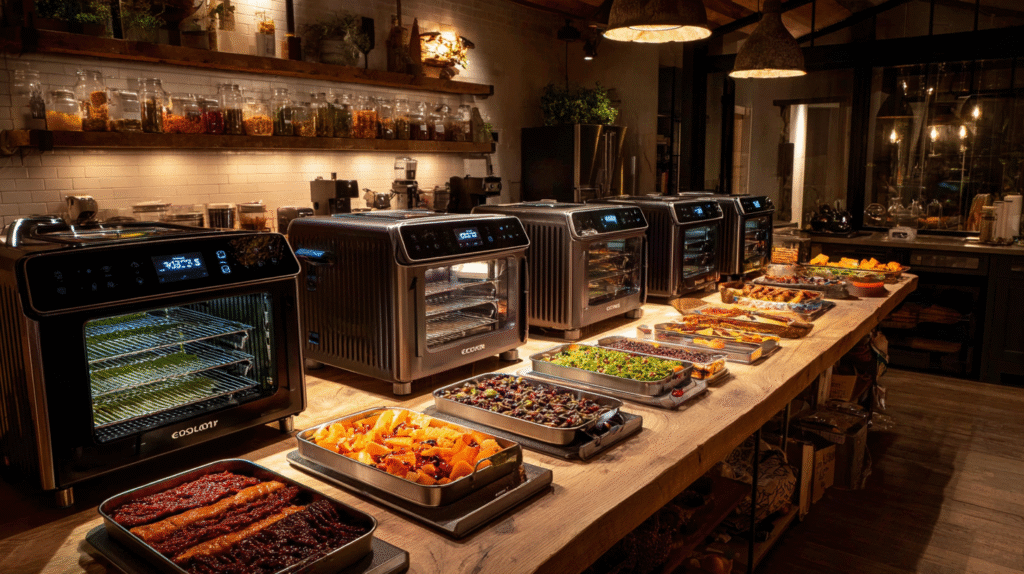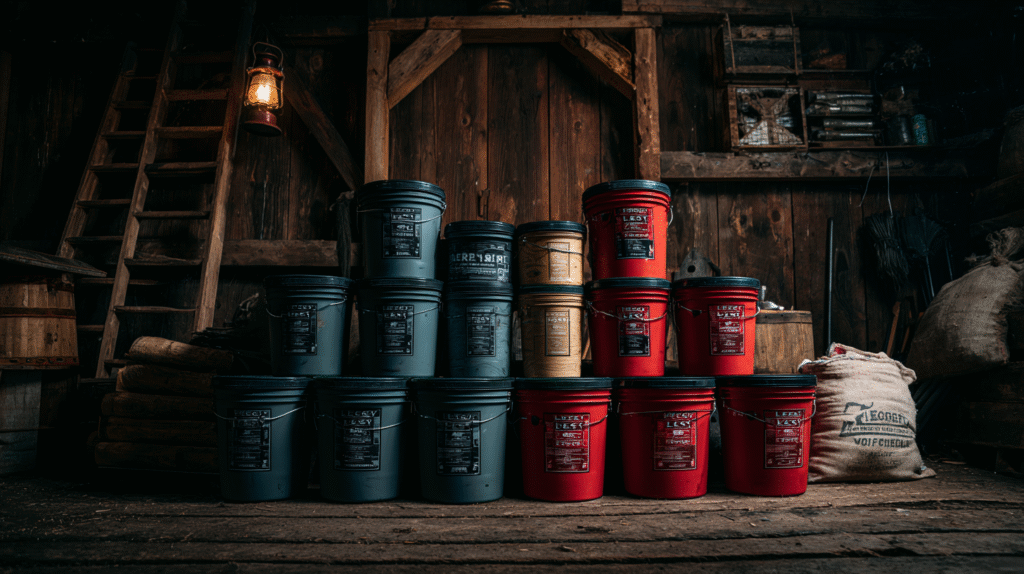Introduction
Having an emergency food stockpile is crucial for preparedness. But did you know that simply storing food isn’t enough? To ensure you’re always ready for unexpected events, you must regularly rotate your food stockpile. In this article, we’ll explore why food stockpile rotation is essential and how to do it effectively.

Why Food Stockpile Rotation Matters
Food stockpile rotation helps you keep your supplies fresh and safe to eat. Over time, food can spoil, lose nutritional value, or become inedible due to expiration dates. Learning about survival food shelf life helps you better predict when items should be rotated. By rotating your stockpile, you can:
- Reduce waste by consuming older items first.
- Ensure that you always have safe, nutritious food on hand.
- Stay organized and aware of what you have.
Rotation is the backbone of successful long-term food storage.
How to Rotate Your Food Stockpile
Rotating your food stockpile doesn’t have to be complicated. Here’s a simple process to follow:
1. Organize Your Stockpile
Start by organizing your food items. Separate them into categories such as canned goods, dry foods, and freeze-dried options. Consider using clear storage bins for easy visibility.
For a practical solution, check out the IRIS USA 6 Quart Stack & Pull Box with Lid. These bins are perfect for organizing smaller items while keeping them dust-free and easily accessible.
2. Implement the FIFO Method
The FIFO (First In, First Out) method is a simple way to manage your stockpile. Place newer items behind older ones. This way, as you use your supplies, you’ll consume the oldest items first.
To help you keep track of expiration dates, consider using a Food Storage Inventory Sheet. This printable sheet can help you monitor what you have and when it needs to be used.
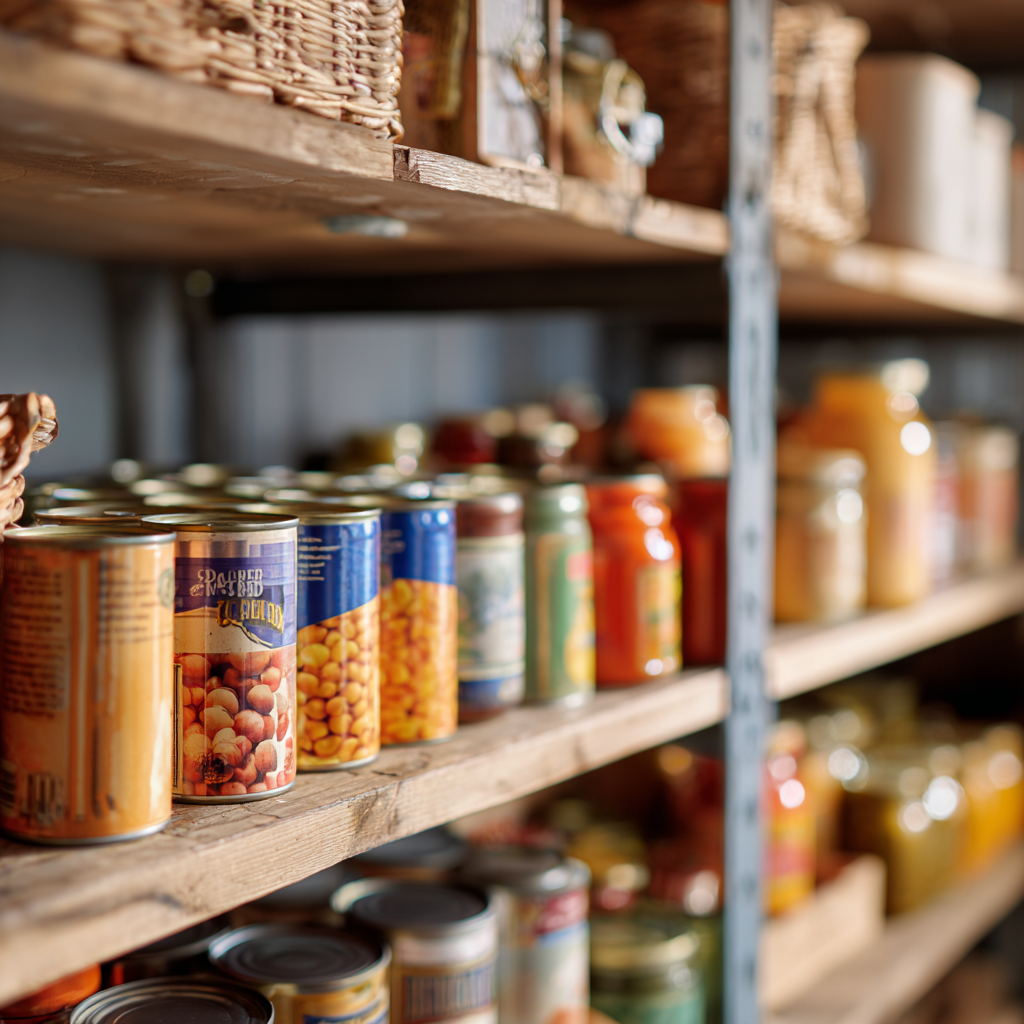
3. Regularly Check Expiration Dates
Make it a habit to check expiration dates every few months. Remove any expired items from your stockpile to avoid clutter and ensure safety. Neglecting this process is one of the most common food storage mistakes that new preppers make.
For a quick reference, use a Kitchen Timer to remind you to check your stockpile every few months. Setting a regular reminder can help keep your supplies fresh!
4. Use a Labeling System
Labeling your items can make rotating your stockpile easier. Use labels to indicate purchase dates and expiration dates. This can save you a lot of time when you’re checking your supplies. Pairing labels with vacuum seal food storage ensures your stockpile stays fresher for longer.
The Brother P-Touch Label Maker is an excellent investment for creating clear, durable labels that can withstand the kitchen environment.
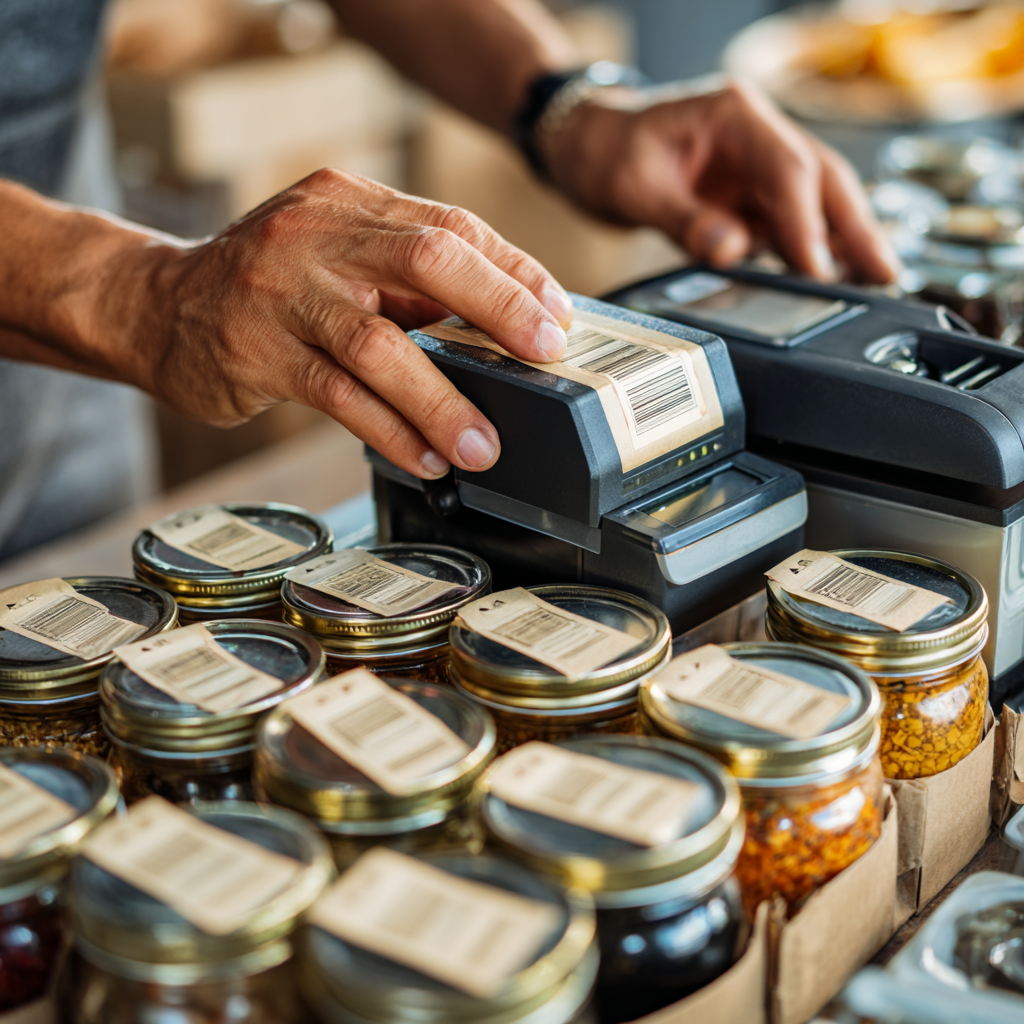
5. Plan for Regular Usage
Incorporate your stockpile into your regular meal planning. Use items from your stockpile in your meals to ensure they are consumed before they expire. This not only helps with rotation but also keeps your meals interesting and varied.
Consider investing in a Meal Prep Container Set to help you plan your meals using your stockpile effectively. This makes it easy to grab and go while keeping your meals organized.
Conclusion
Rotating your emergency food stockpile is vital for ensuring that your food remains safe and nutritious. By organizing your stockpile, implementing the FIFO method, regularly checking expiration dates, using a labeling system, and planning for regular usage, you can maintain a reliable supply of food for any situation. Proper rotation works best when you use the best food storage containers to keep supplies airtight and protected. For bulk emergency supplies, rotating the best survival food buckets ensures you always have ready-to-eat options available.
Start today by reviewing your stockpile and implementing these strategies. Your future self will thank you for the peace of mind that comes with knowing you’re prepared!

